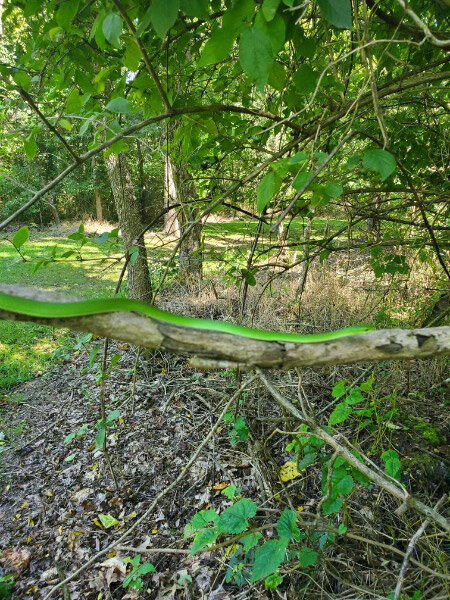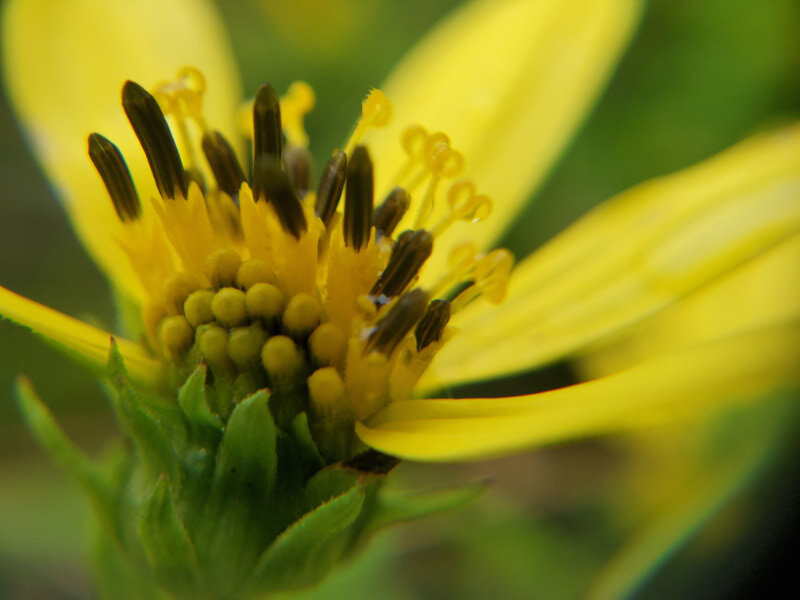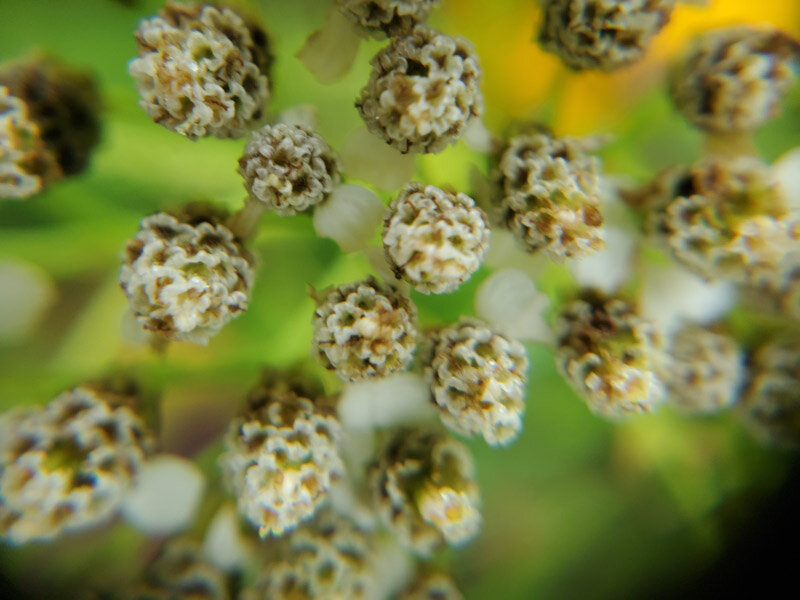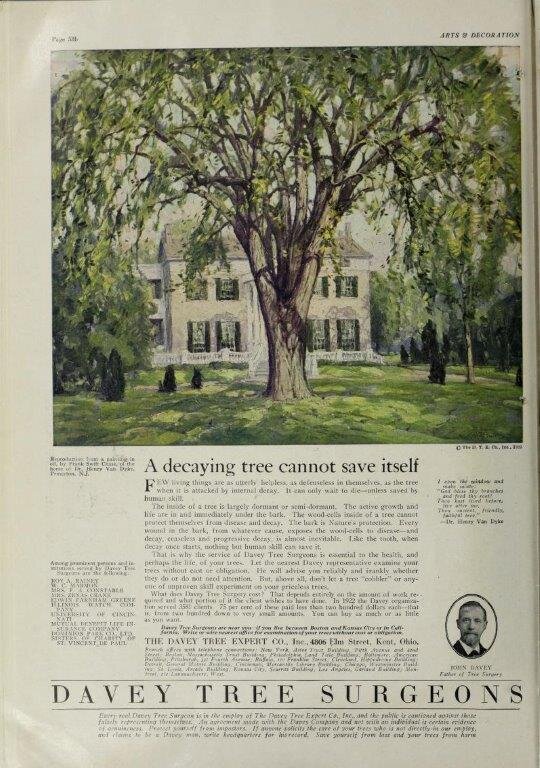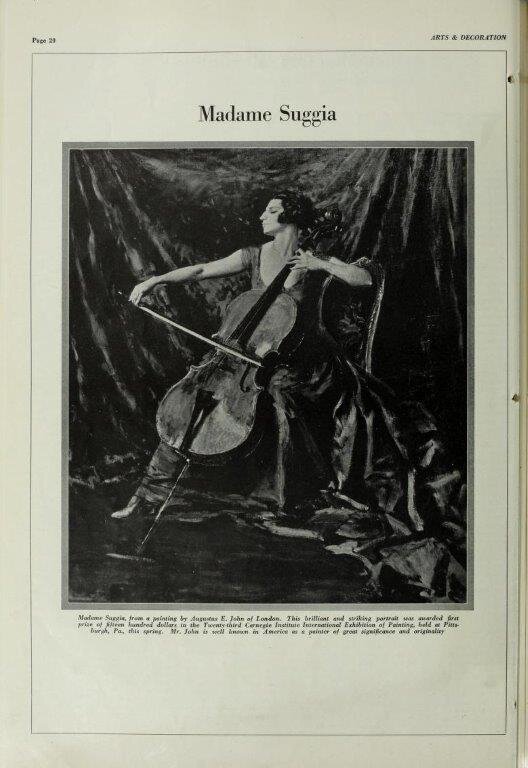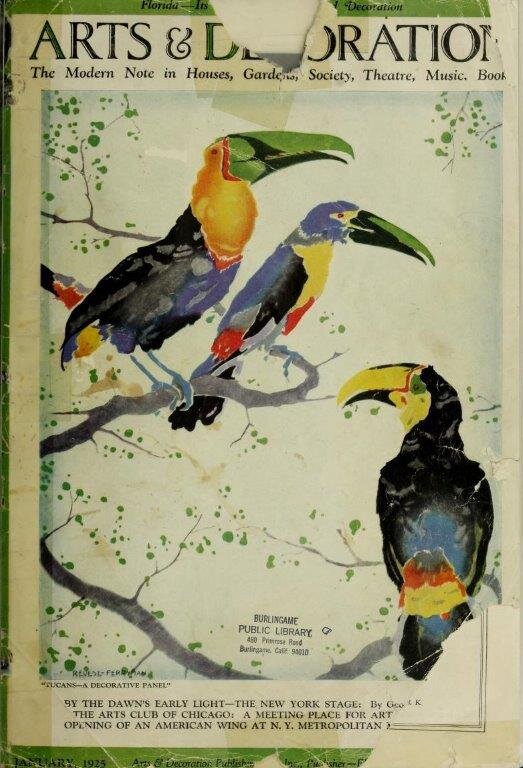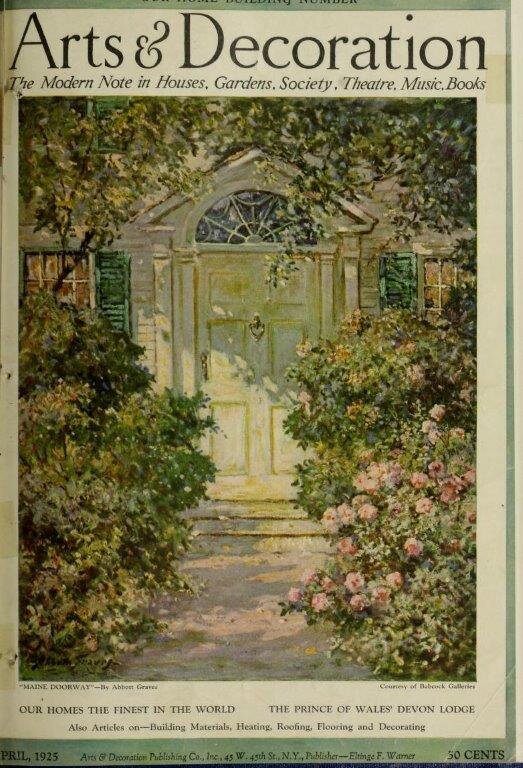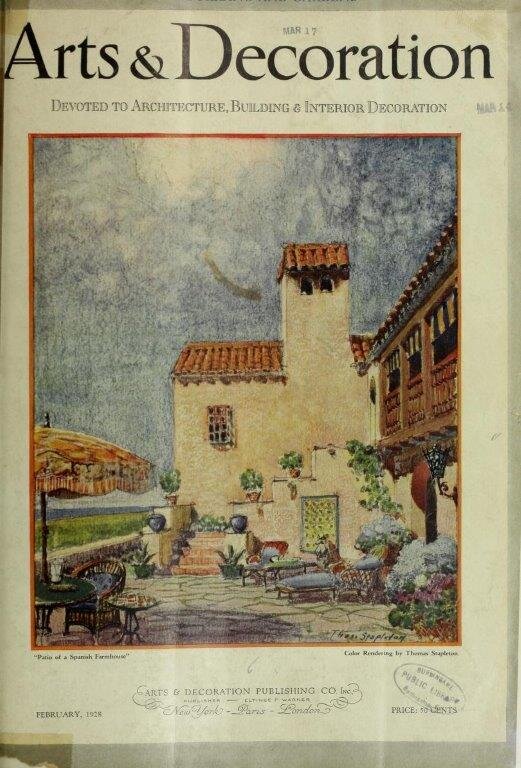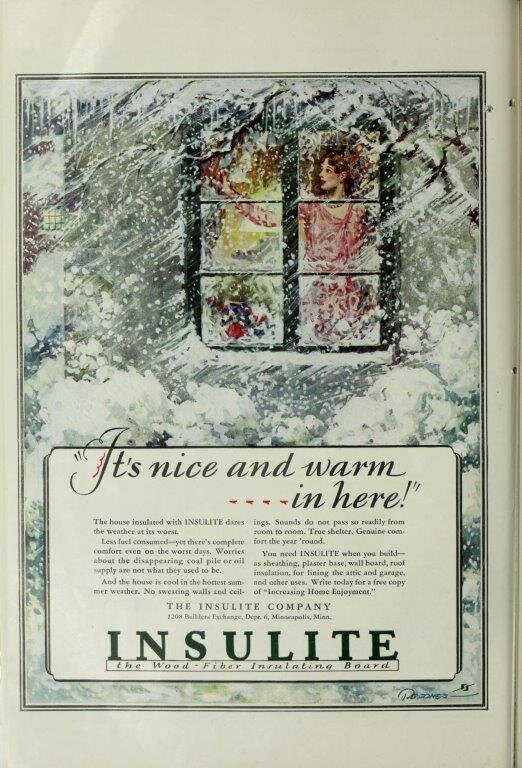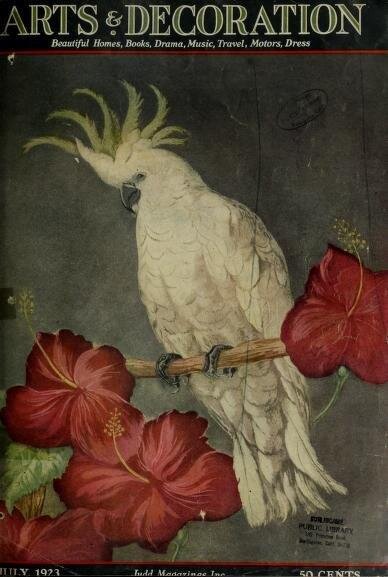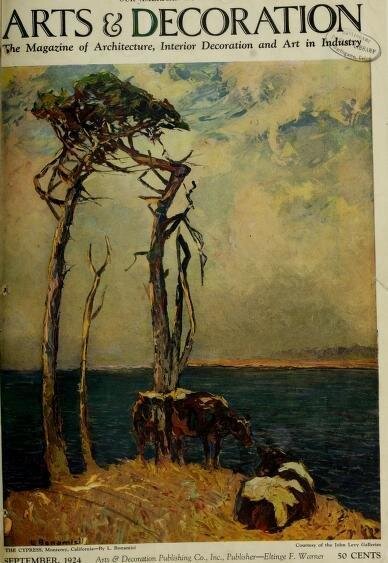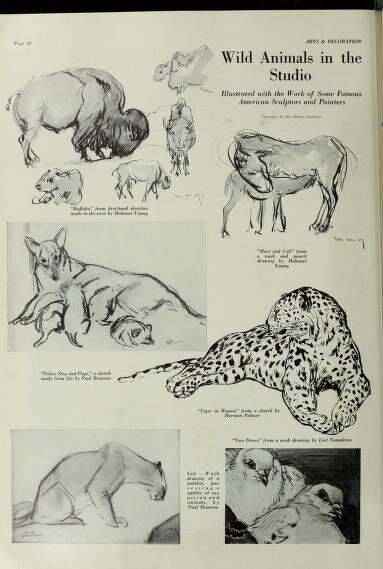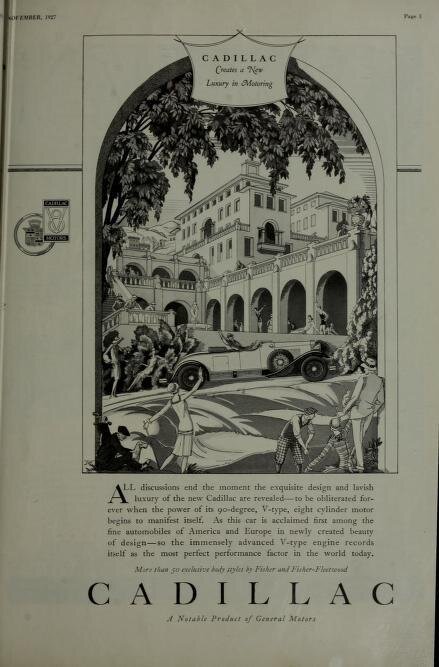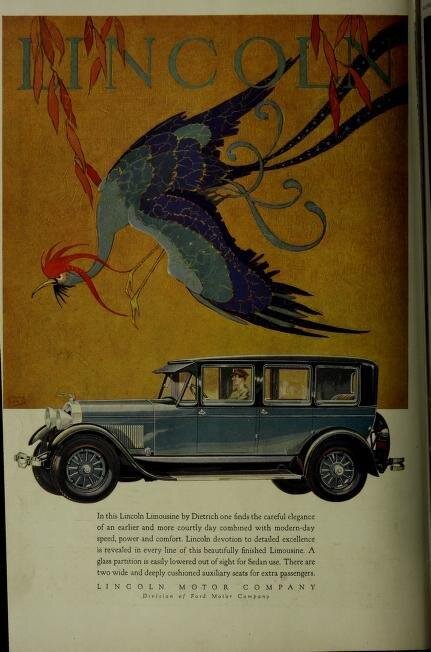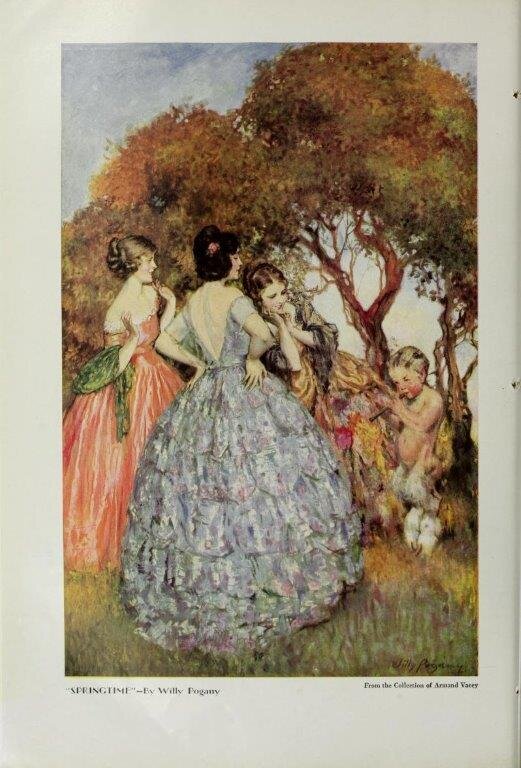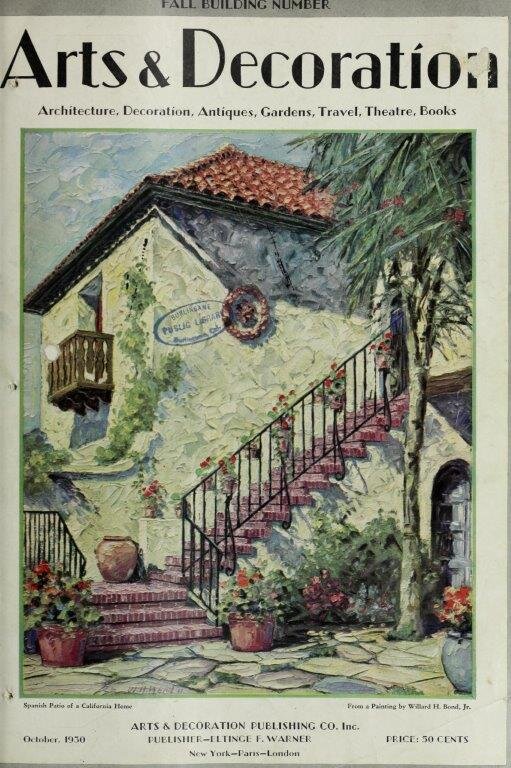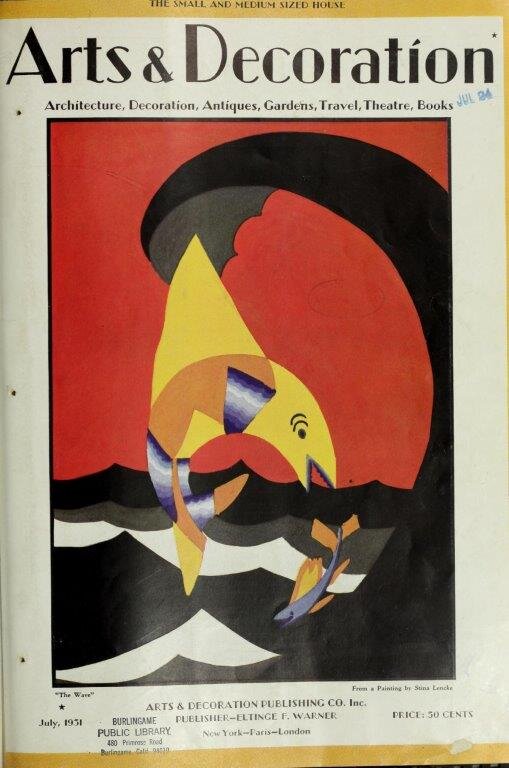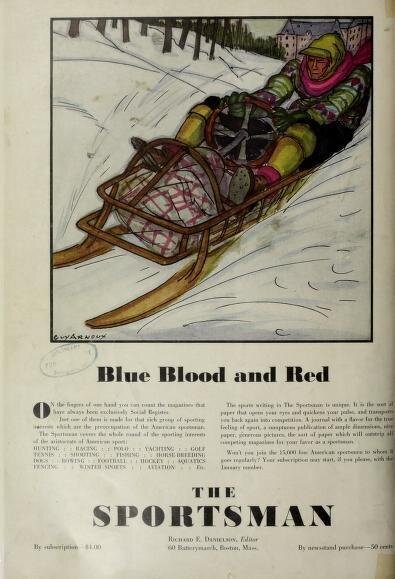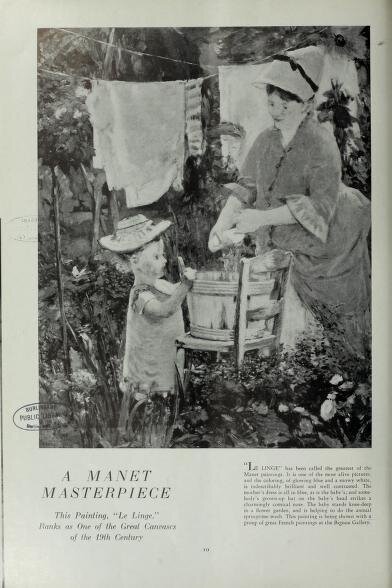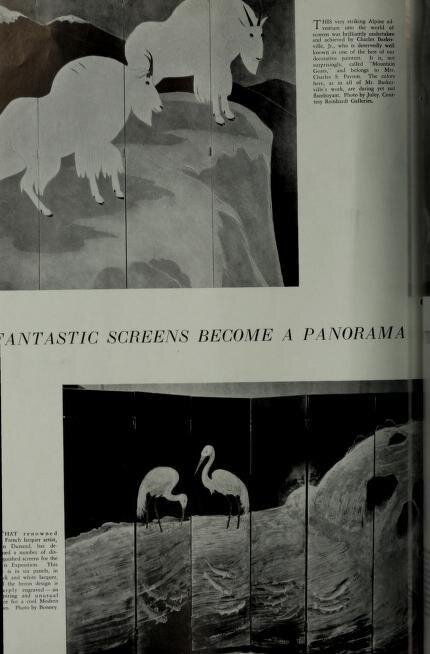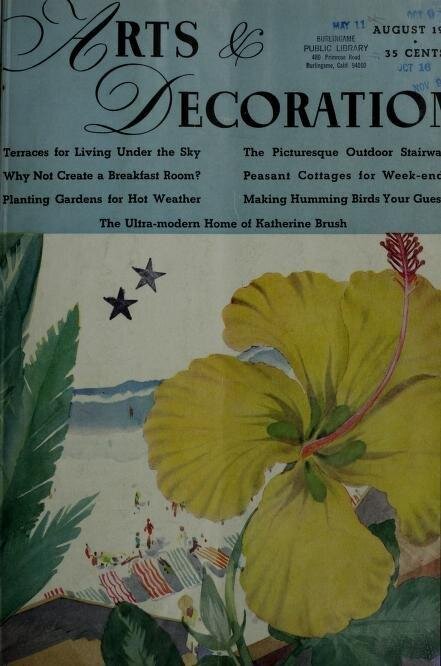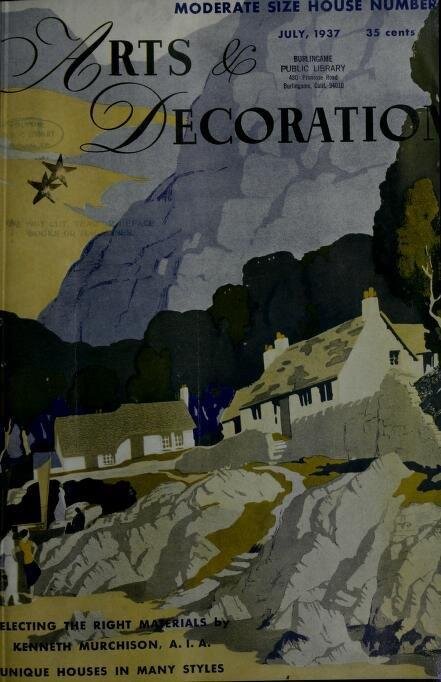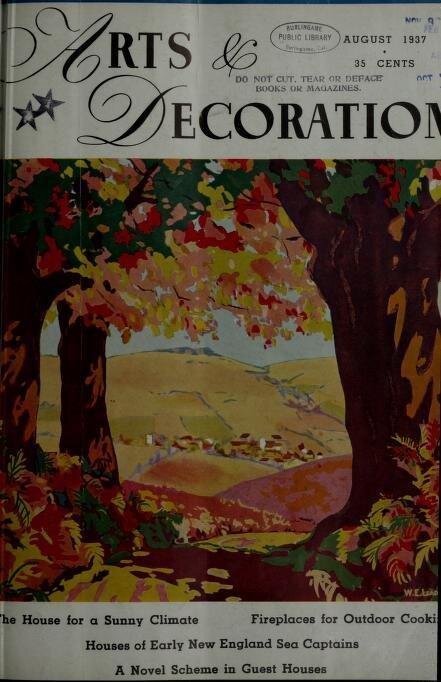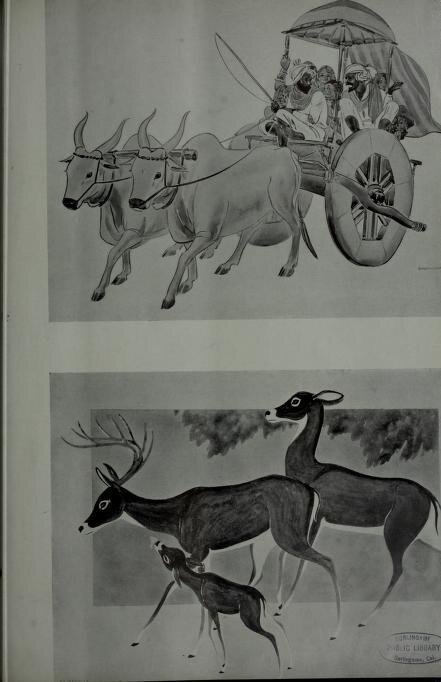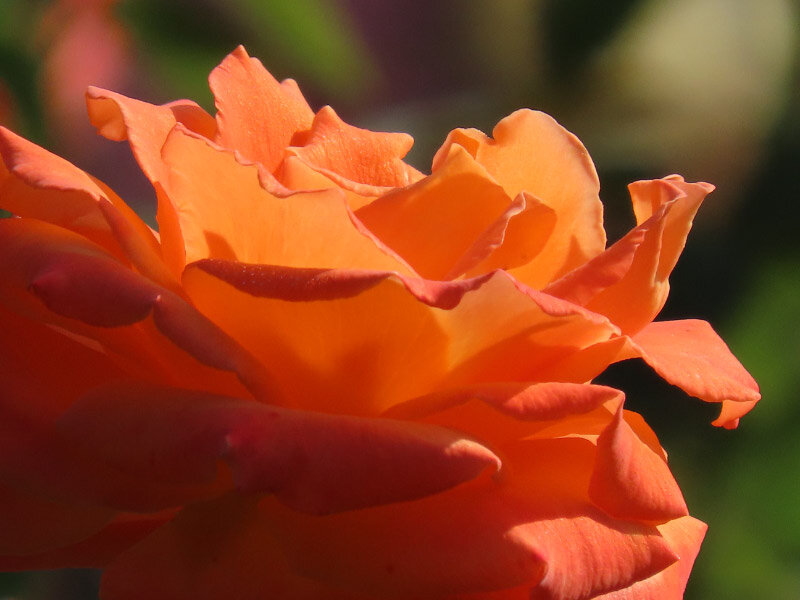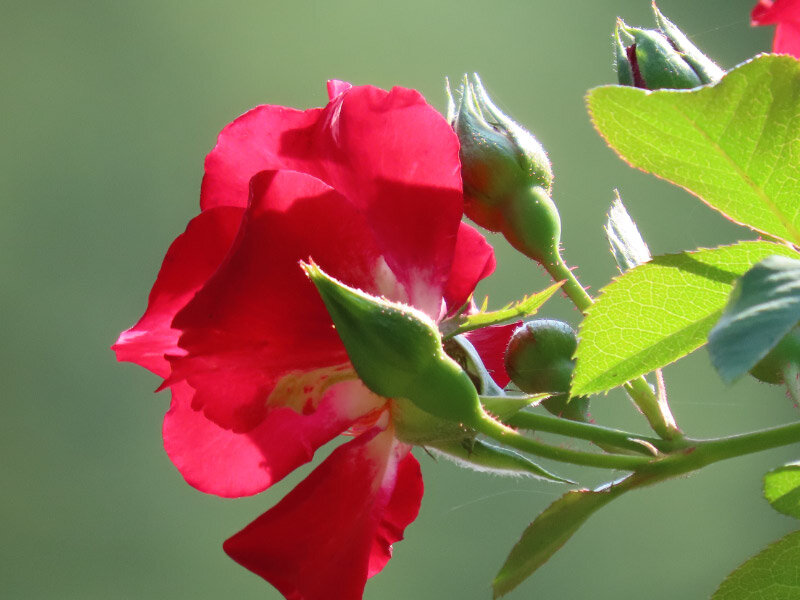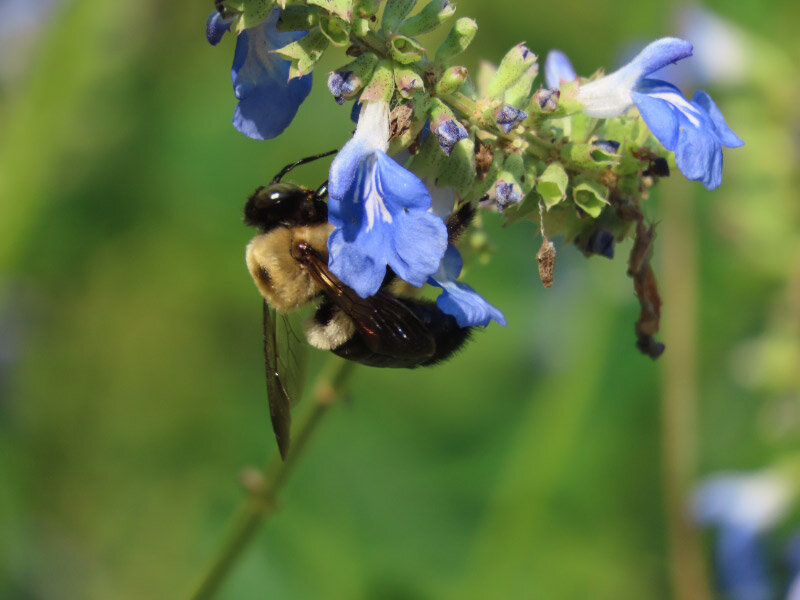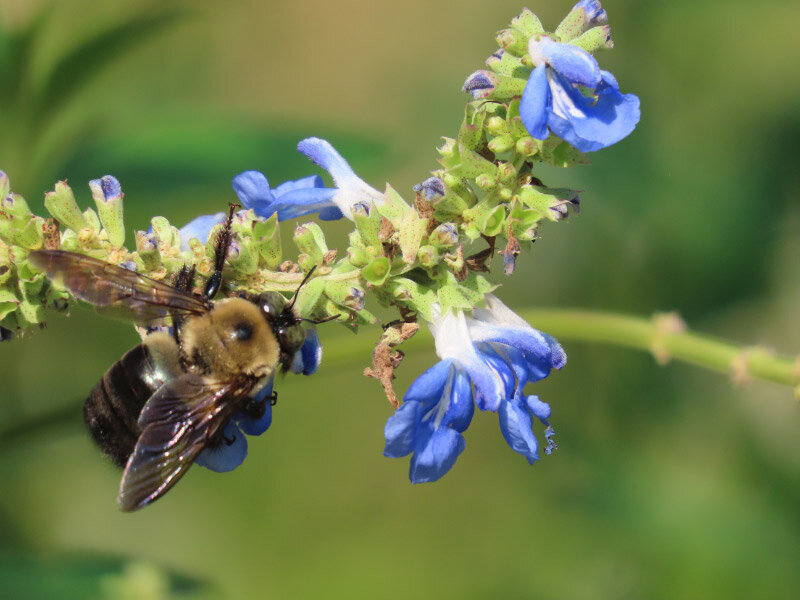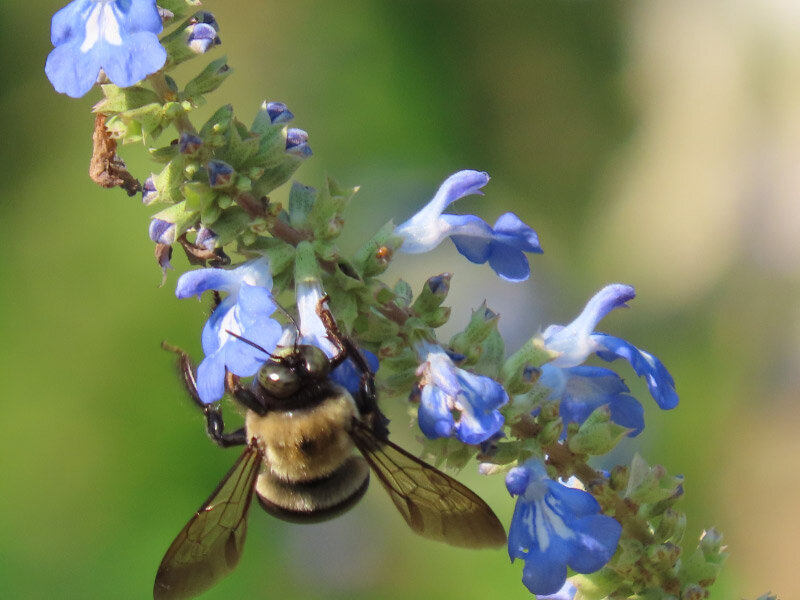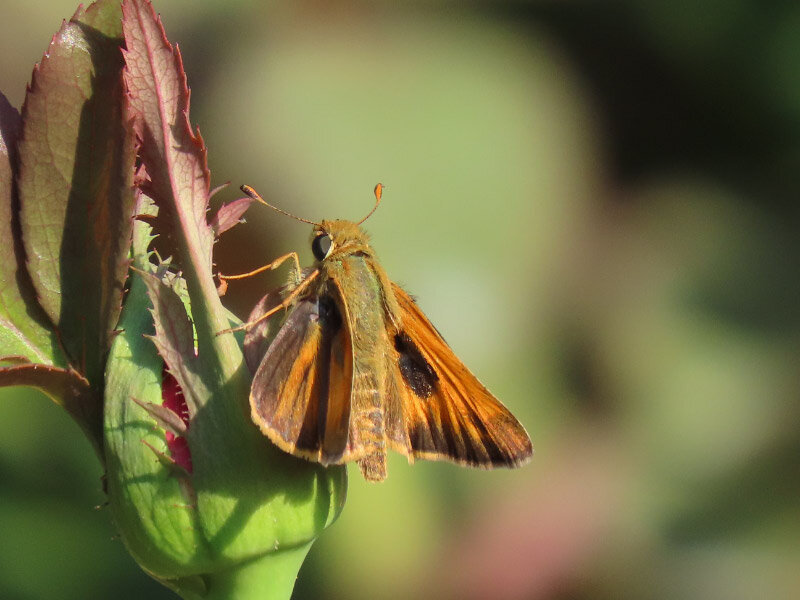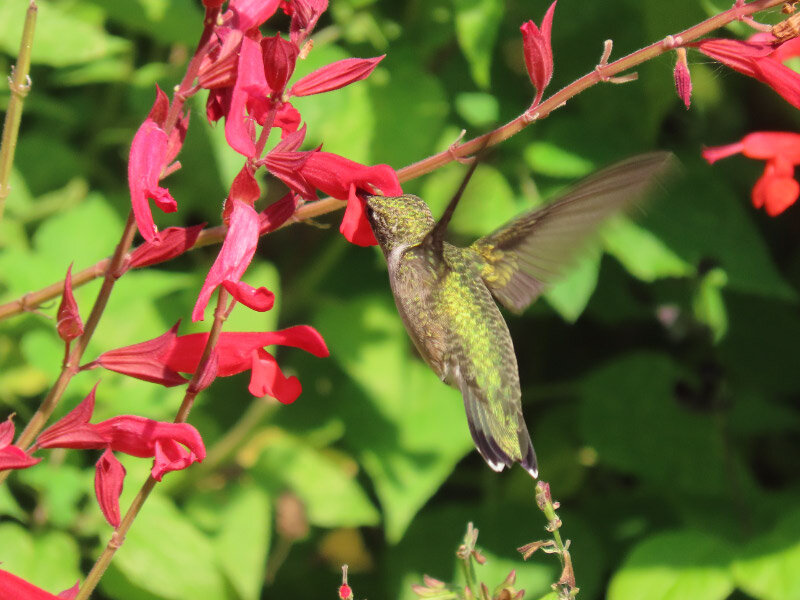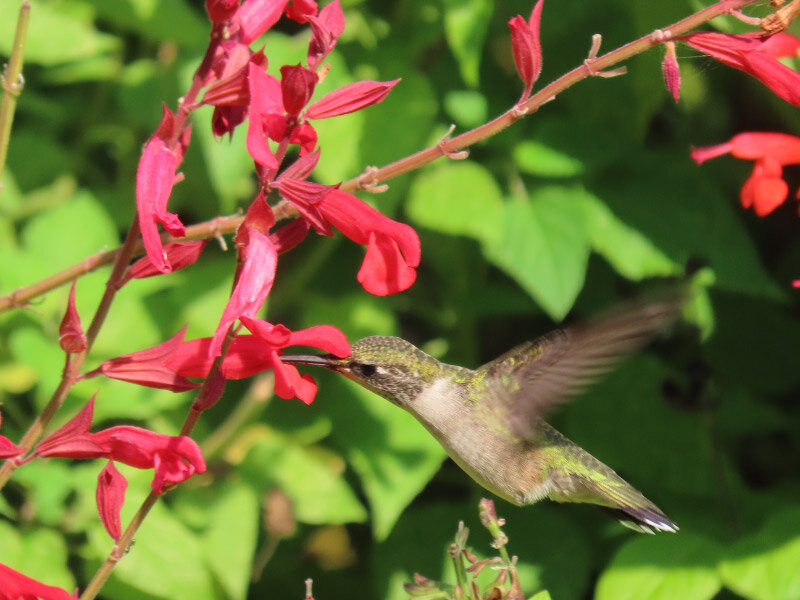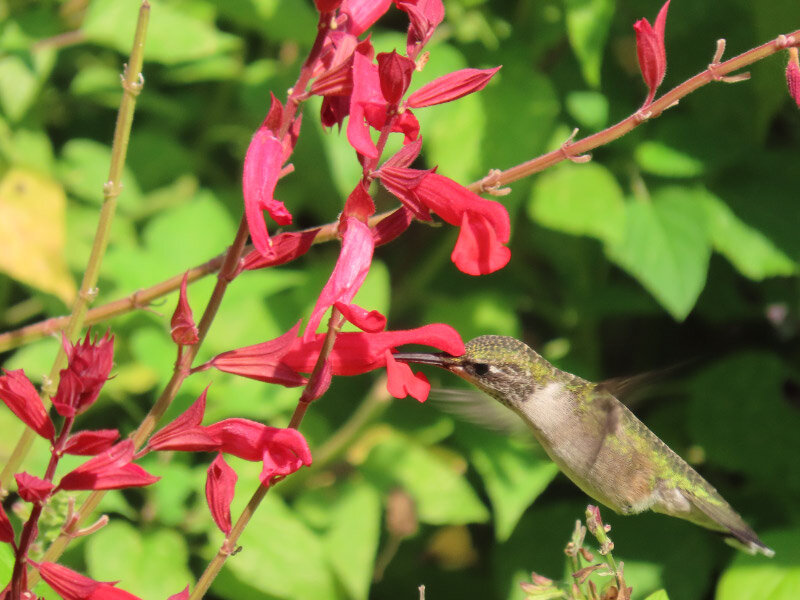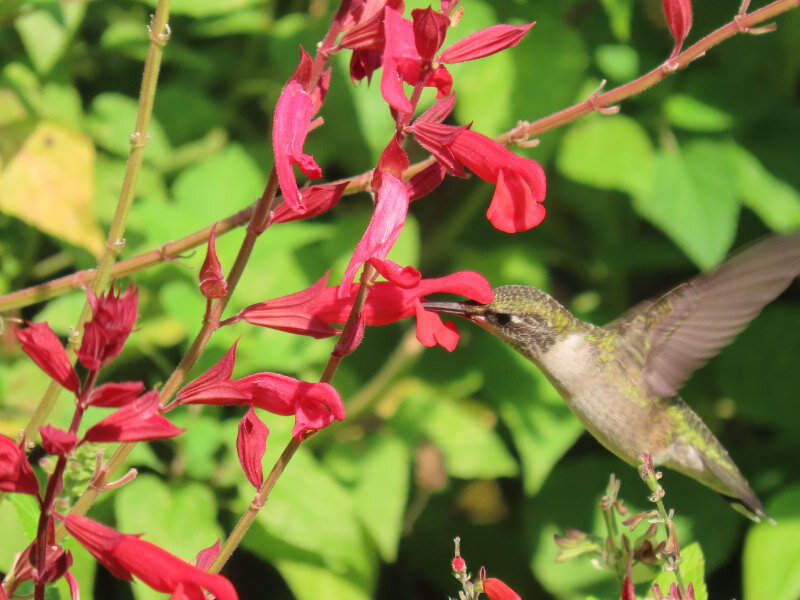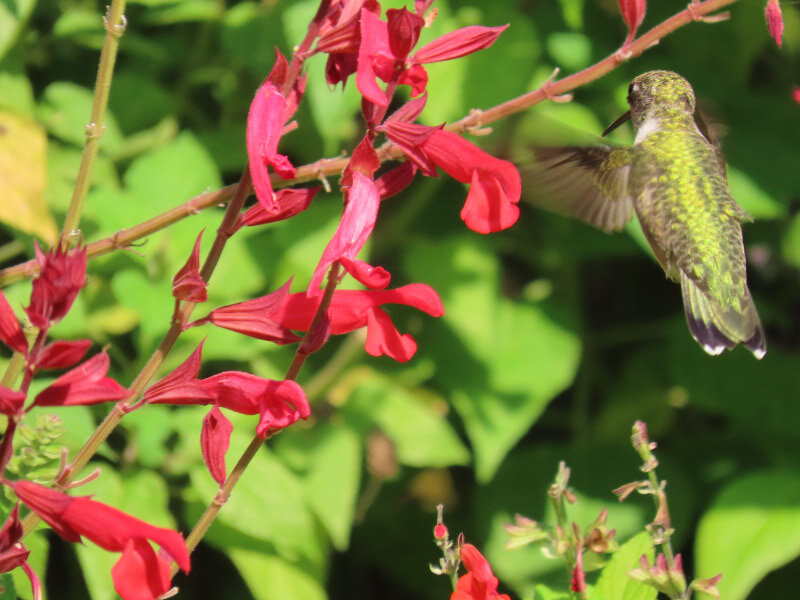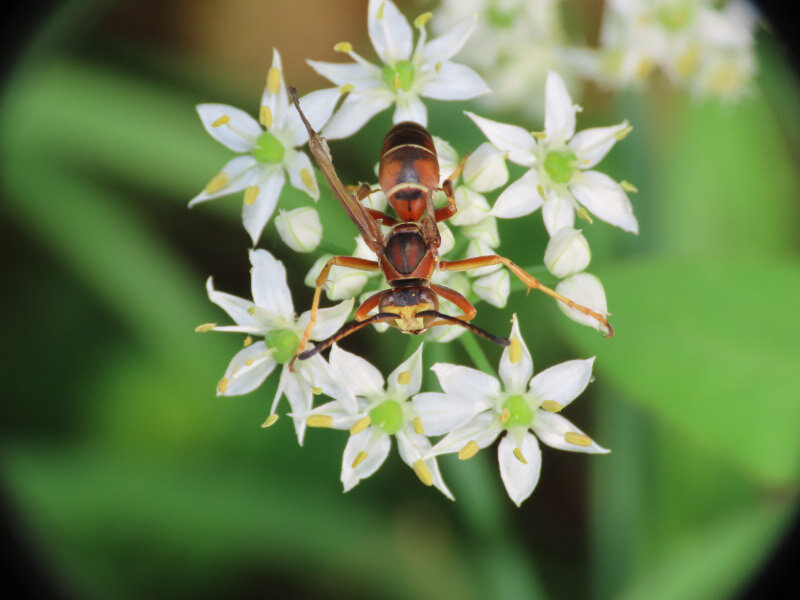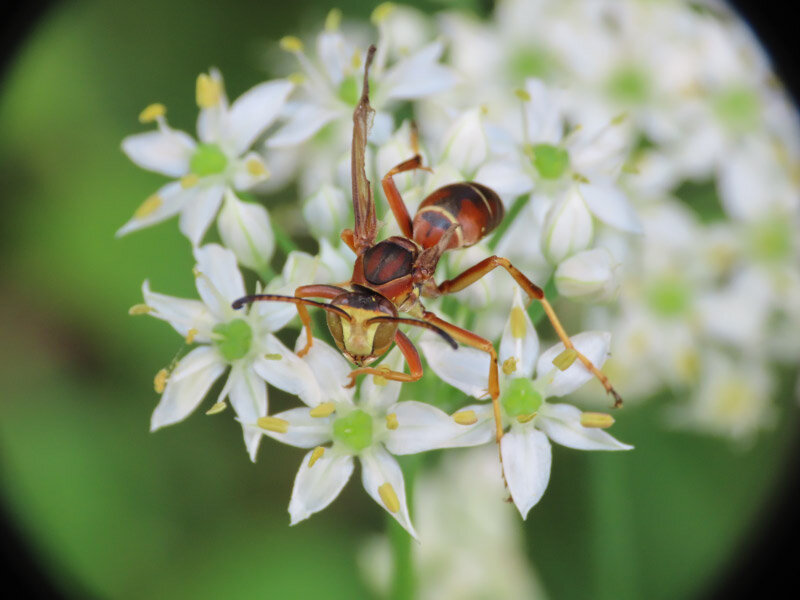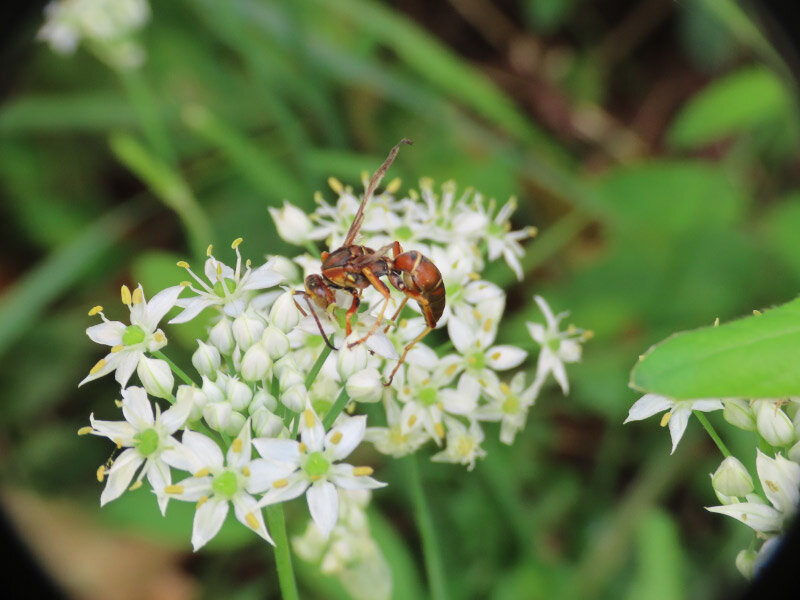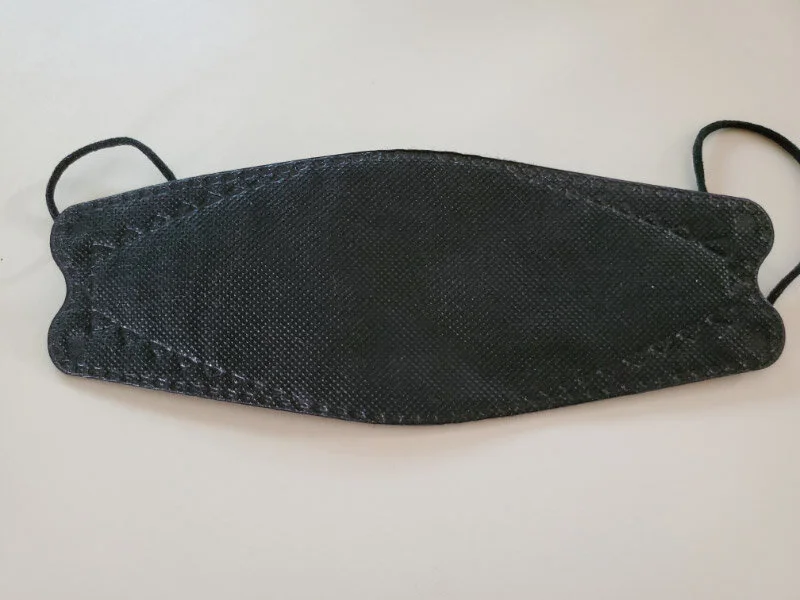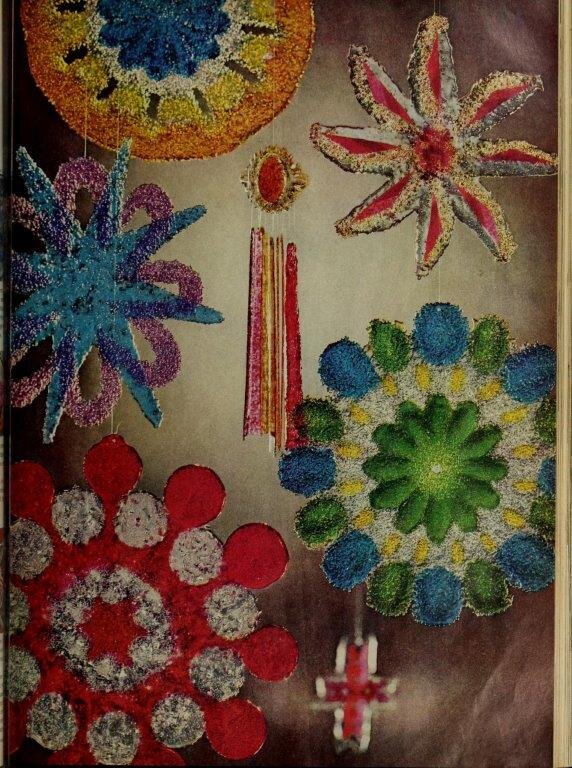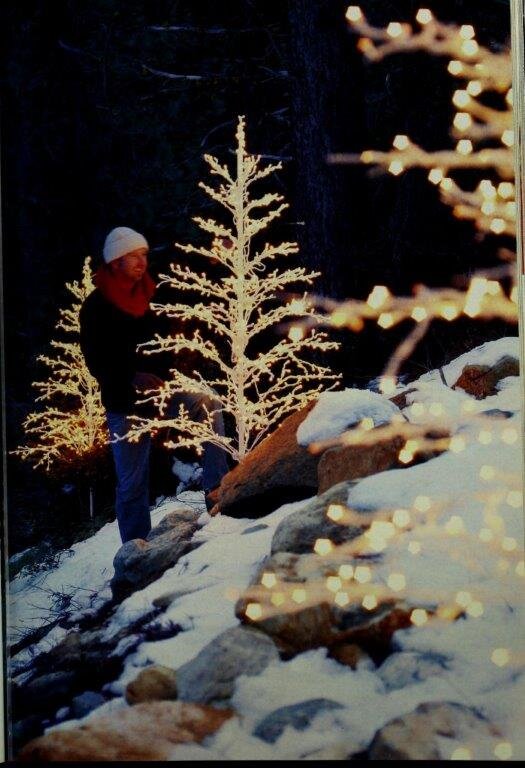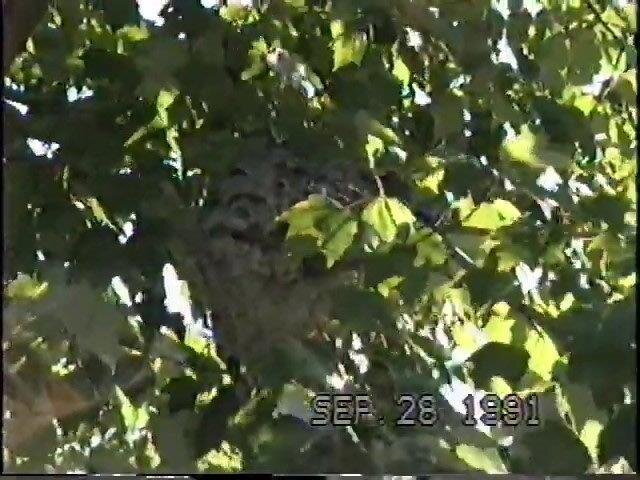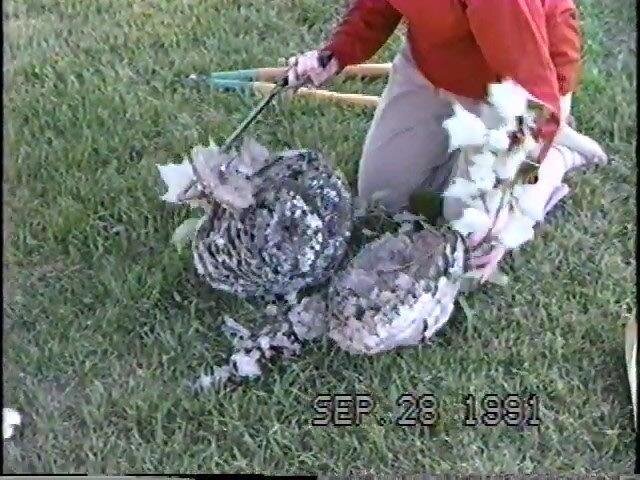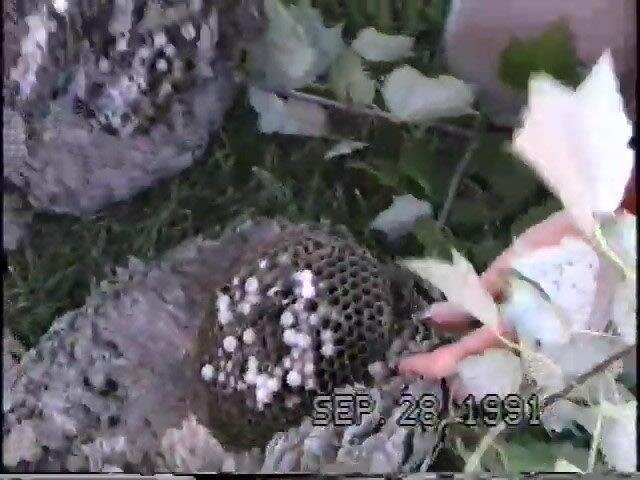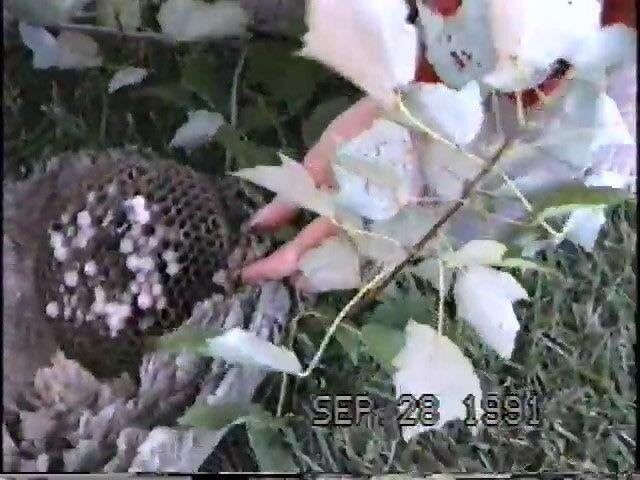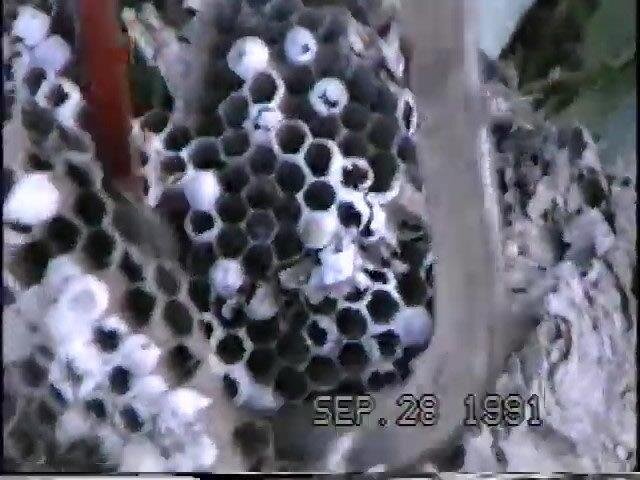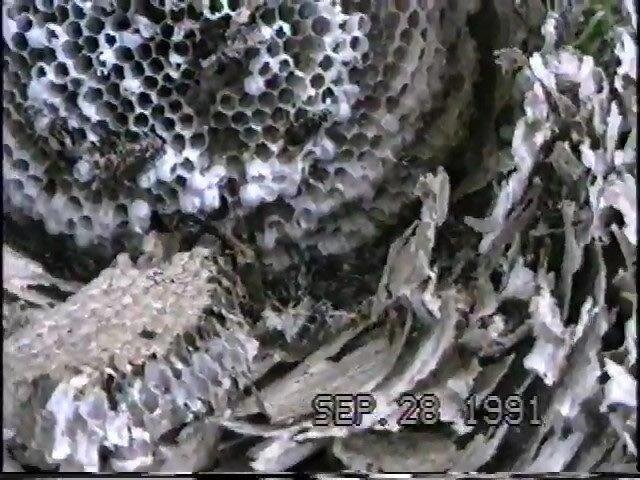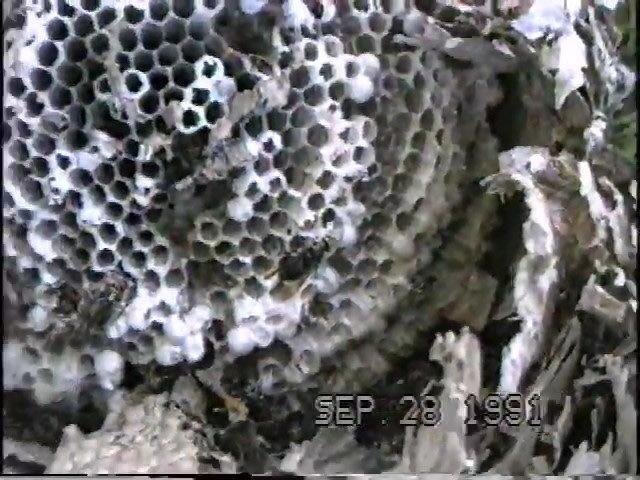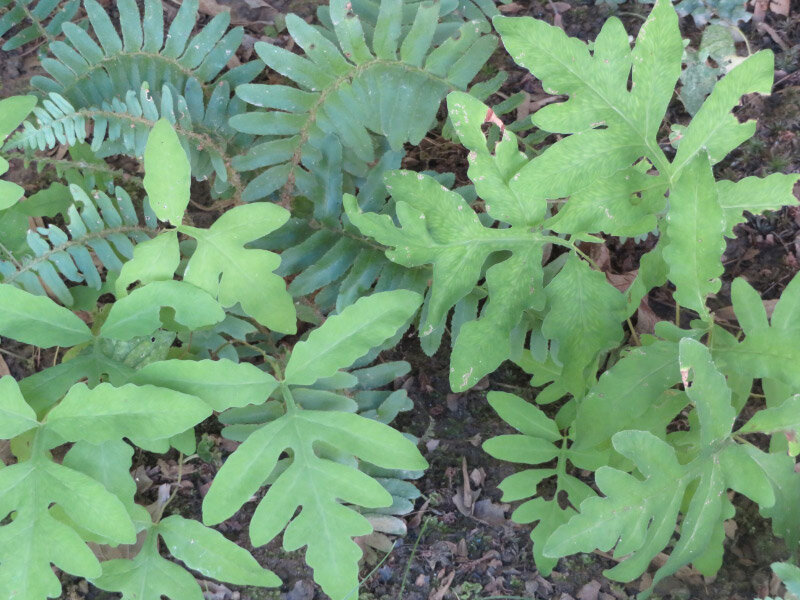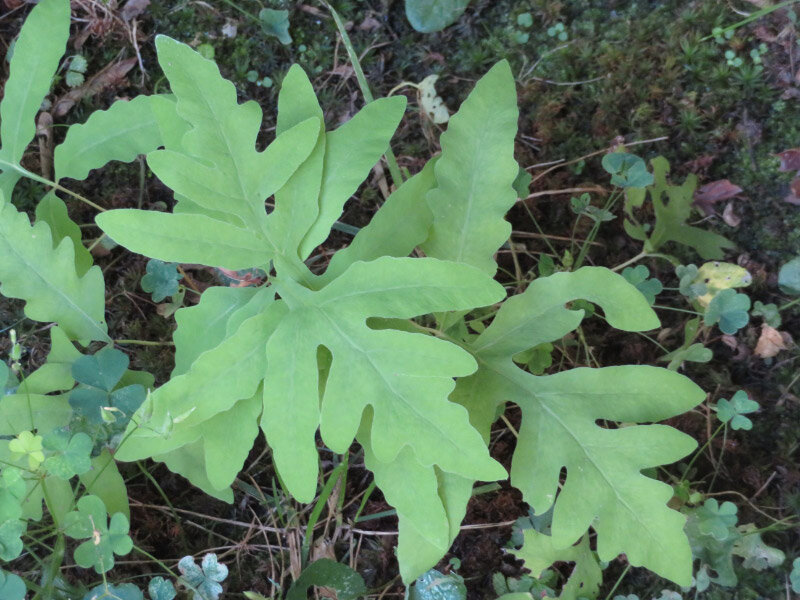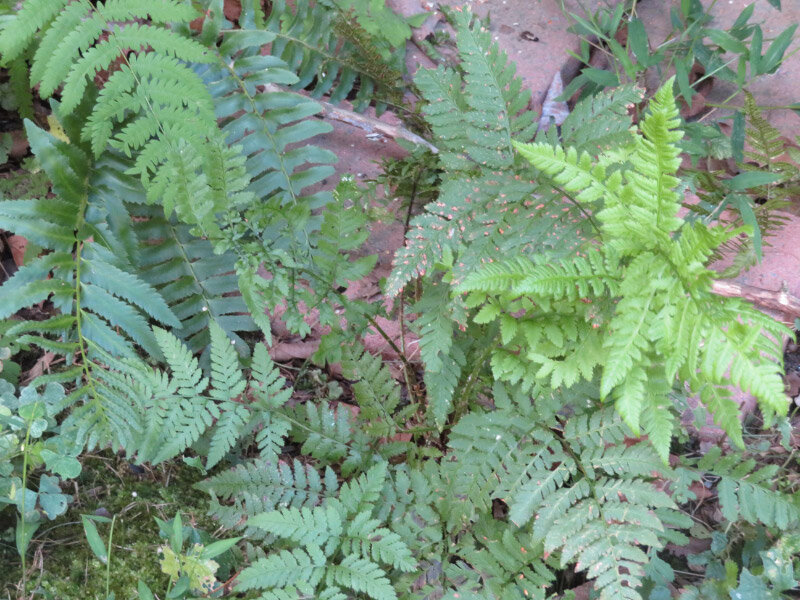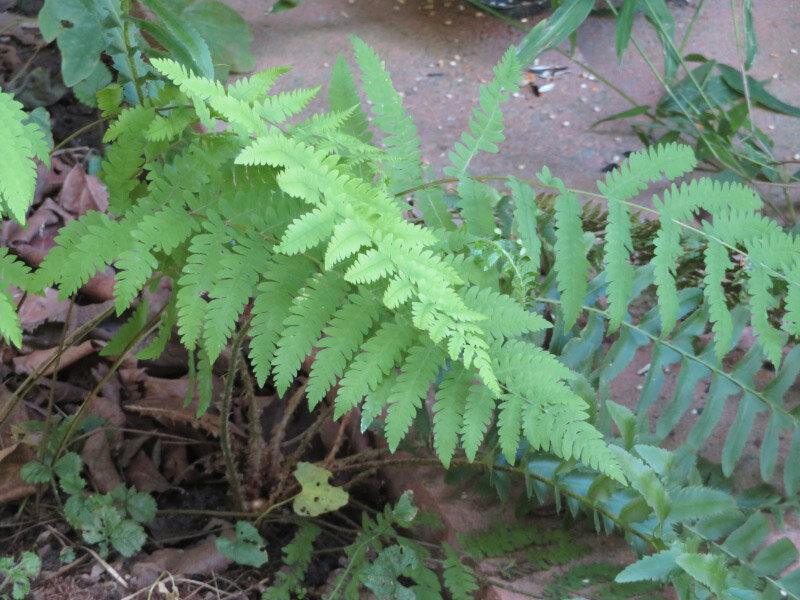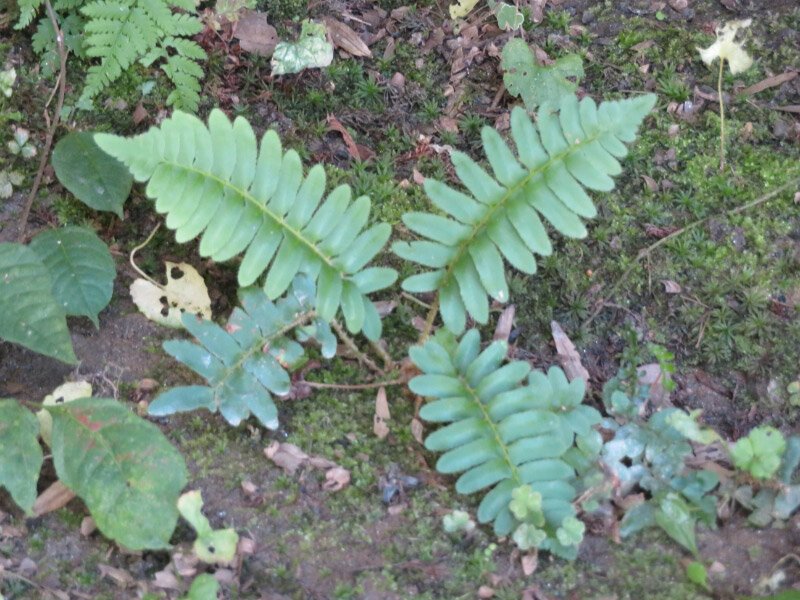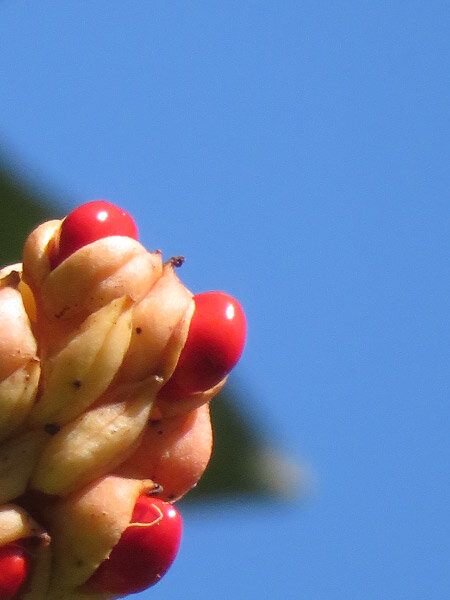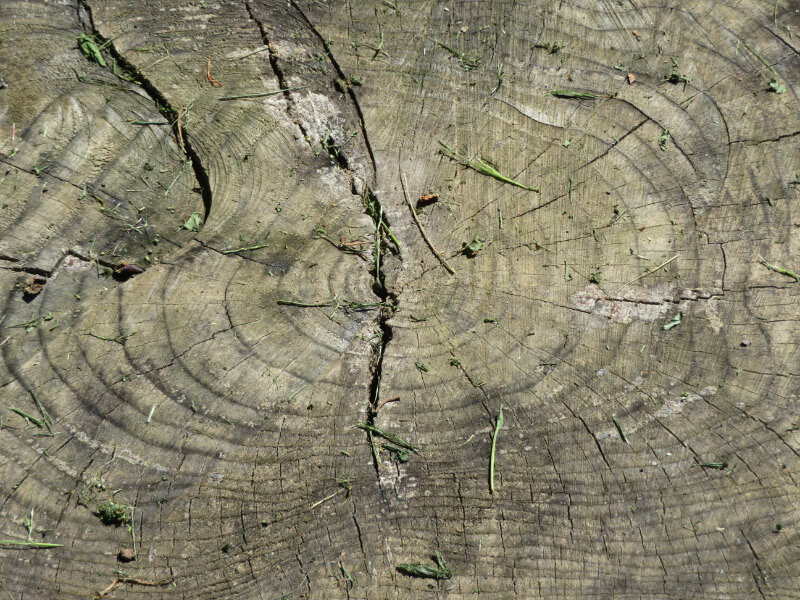High Key at Conowingo
/On Sunday morning we left our house about 7:30 AM to drive to Conowingo – about a 1.5 hour drive from where we live. Below the dam is our favorite place to see bald eagles. This is not the best time of year, but it was a sunny fall morning – a good time for a short daytrip.
There were some black vultures on top of a car parked near the entrance gate at Conowingo Fisherman’s Park. I had heard about it happening but hadn’t see it before. There didn’t seem to be many photographers along the fence however there were cormorants and gulls over and on the water. There were more cars than usual but apparently the owners were mostly there for fishing. We saw several with very large catfish (looked like the invasive flathead catfish). The spillways on the far side of the dam were active…but it didn’t seem like there was much water churn on our side of the river.
I had just started surveying the abutment, rocks and island with my bridge camera mounted on a monopod, when the battery connection problem that I had experienced previously began. I had to take the camera off the monopod and remove the foot to open the battery compartment and try to increase the thickness of the paper wedge I had been using to hold the battery more firmly on the contacts. I put everything back together and it still didn’t work consistently. I was able to see an adult bald eagle on the abutment and a great blue heron on a spit of rocks and gulls flying over the water --- but the camera would not work for long enough to get a good picture. So – I gave up and pulled out my small Point and Shoot (Canon Powershot SX730 HS). I was very disappointed in what I could do with less zoom than the bridge camera. So --- I opted to try some high key pictures. My first subject was large sycamore with branches that hang over the water. The color variation in the leaves was more visible with the background mostly bright white although I did one with the water partially visible.
My favorite is the one below with the foliage in the lower right corner. I can image this in a presentation with some words in the upper left!
Next --- I chose to photograph the electrical towers. I was not aware of the blue (vignetting) in the upper corners until I looked at it on the monitor at home….but I like the little bit of color!
One of the towers on the island in the river contained a surprise that I didn’t see until it was on the larger screen: a bald eagle standing on a nest! It is not a good eagle shot…the bird is facing away and blurry….too far away for the Point and Shoot to get a crisp image. But it shows how the eagles use of the manmade structures!
Overall – I was pleased with the morning…even though it was quite different than I’d planned!











